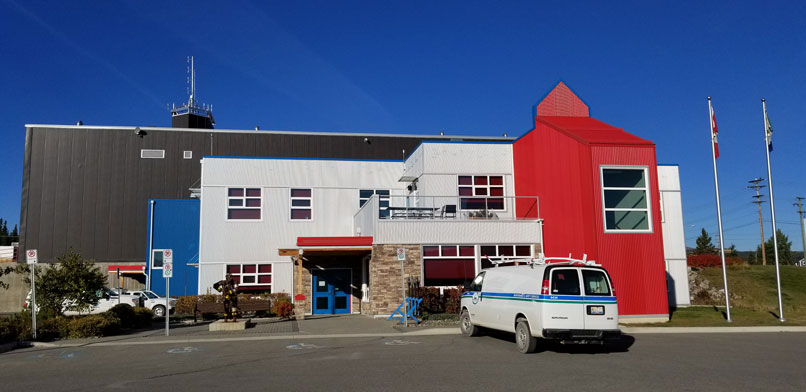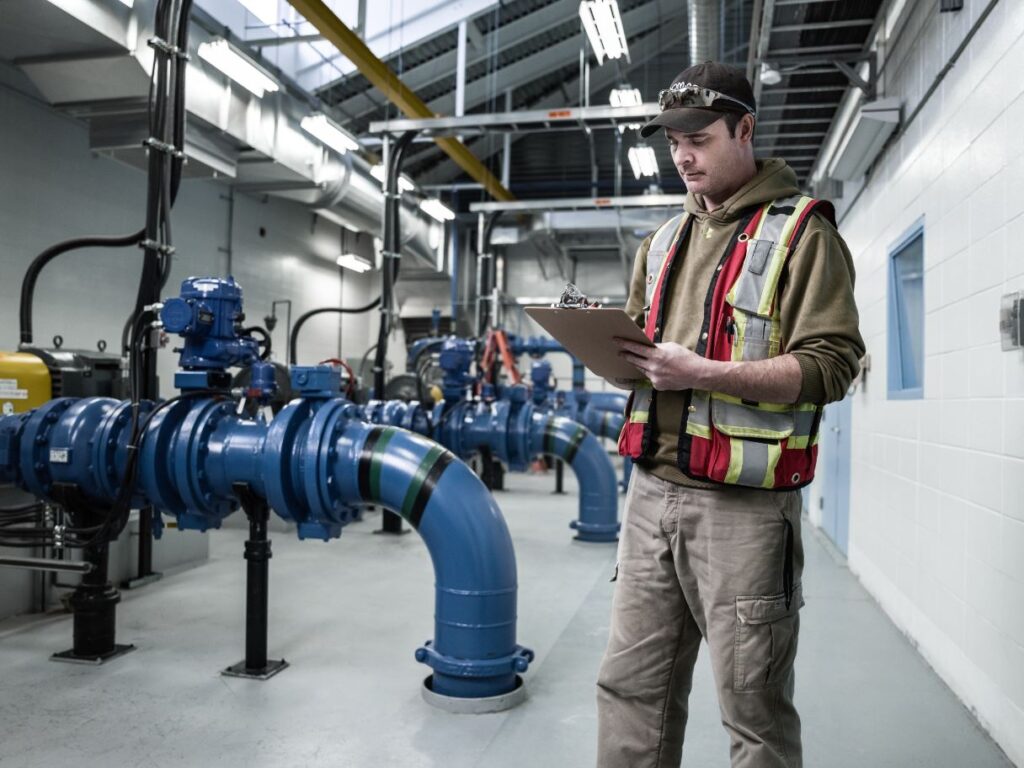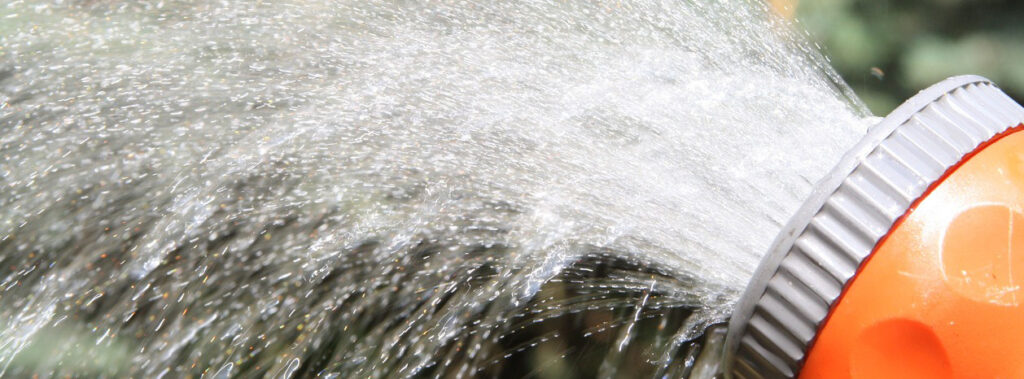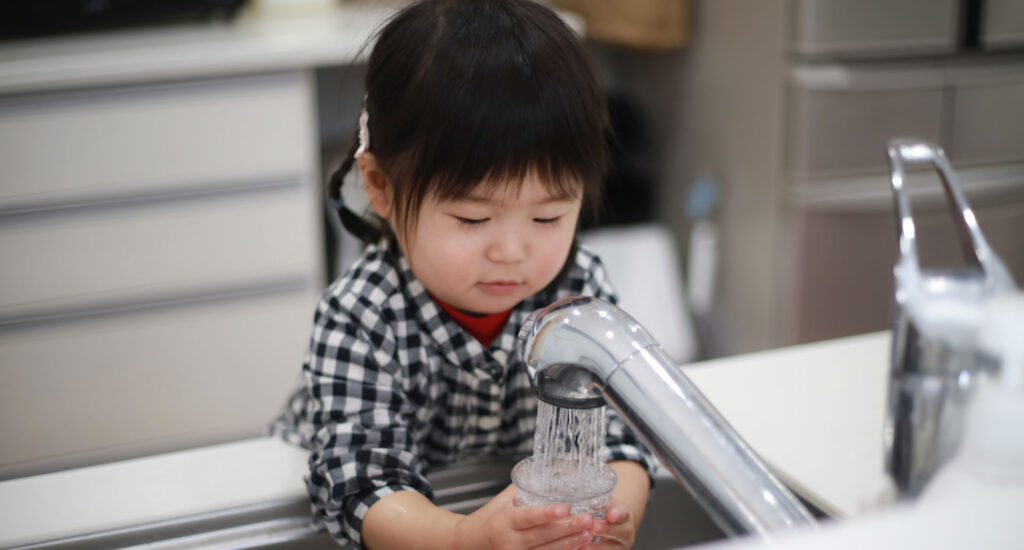Who We Are
Water and Waste Services is responsible for:
- Water pumping and distribution
- Sanitary sewer system
- Storm drainage system
- Curbside compost and waste collection
- Whitehorse Waste Management Facility and Compost Facility
- Warehouse operations
The department operates primarily from the Whitehorse Operations Building at 187 Range Road.
Livingstone Trail Environmental Control Facility – Long Term Storage Discharge Announcement
The City of Whitehorse will initiate discharge of treated wastewater from its Livingstone Trail Environmental Control Facility – Long Term Storage Pond into Pot Hole Lake and the Yukon River, from August 1 and September 1, respectively until November 1, 2023, with an average flow rate of 38,400 cubic meters per day.
The annual discharge is performed under the terms of the City’s Water Use License MN20-008-01.
If you have any questions, please contact Arcadio Rodriguez, Senior Technologist, Water and Waste Services at 334-7577.
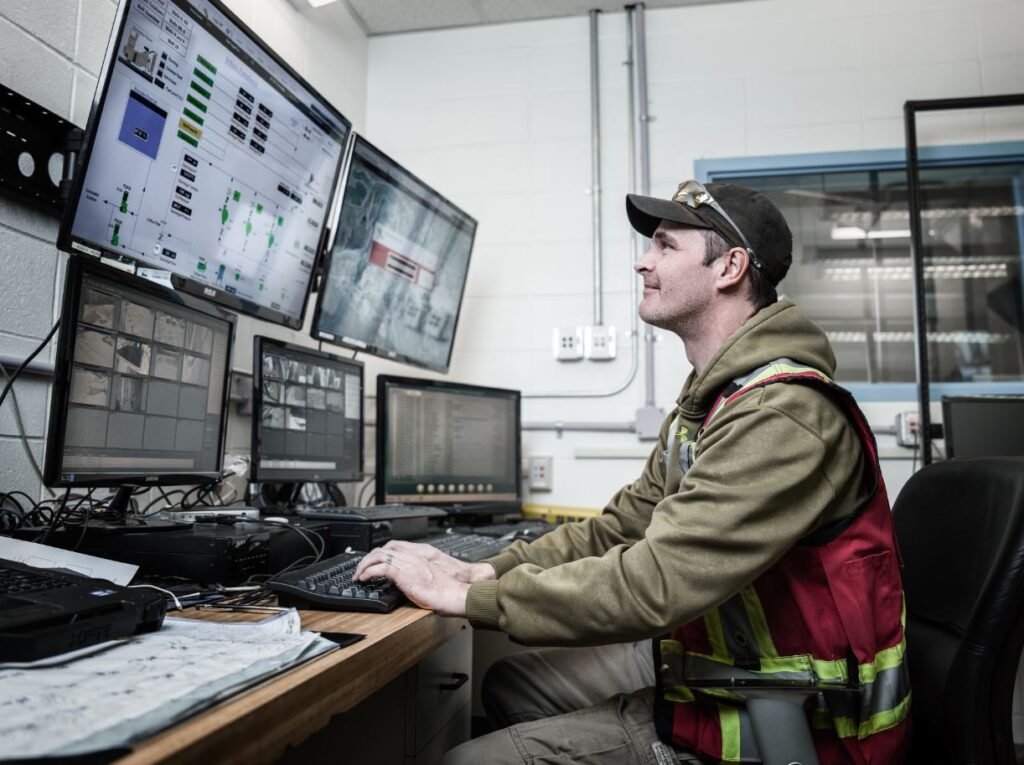
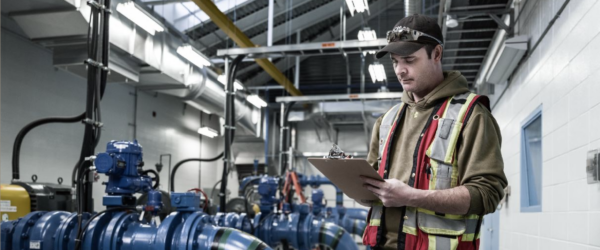
Monitor your pipes
Residents are advised that noisy water pipes or sinking ground could be indications of a service break. Any concerns should be reported to 668-8350.
Frost Depth
Frost protection devices should now be activated. These could include authorized free flowing bleeders, thermostatically controlled bleeders, circulating pumps, electrical impedance heat trace, and aqua flows.
Homeowners with aqua-flow devices are asked not to disconnect or use the device as a bleeder. Disconnection will result in plugging of the filters.
Questions relating to these devices can be directed to the City of Whitehorse’s Water and Waste Services department at 668-8350 from Monday to Friday, 8:00 a.m. to 5:00 p.m.
Don’t Sink Your Grease
Common sources of grease are meats, fats, lards, cooking oil, shortening, butter and margarine, sauces, and salad dressings.
- Pour grease into a jar, tin can, or coffee mug and let it harden. Hardened grease is easily scraped out and can be placed in your compost cart.
- Wipe fats, oil and grease off cooking equipment with a paper towel before washing.
- Scrape all dishes into compost bin before washing.
The City of Whitehorse Sewer and Storm Bylaw requires all commercial, industrial and institutional food facilities to dispose of fats, oils and grease properly and to install and maintain a proper grease interceptor (grease trap) to appropriate plumbing fixtures.
For a printable copy of the poster below click here.

